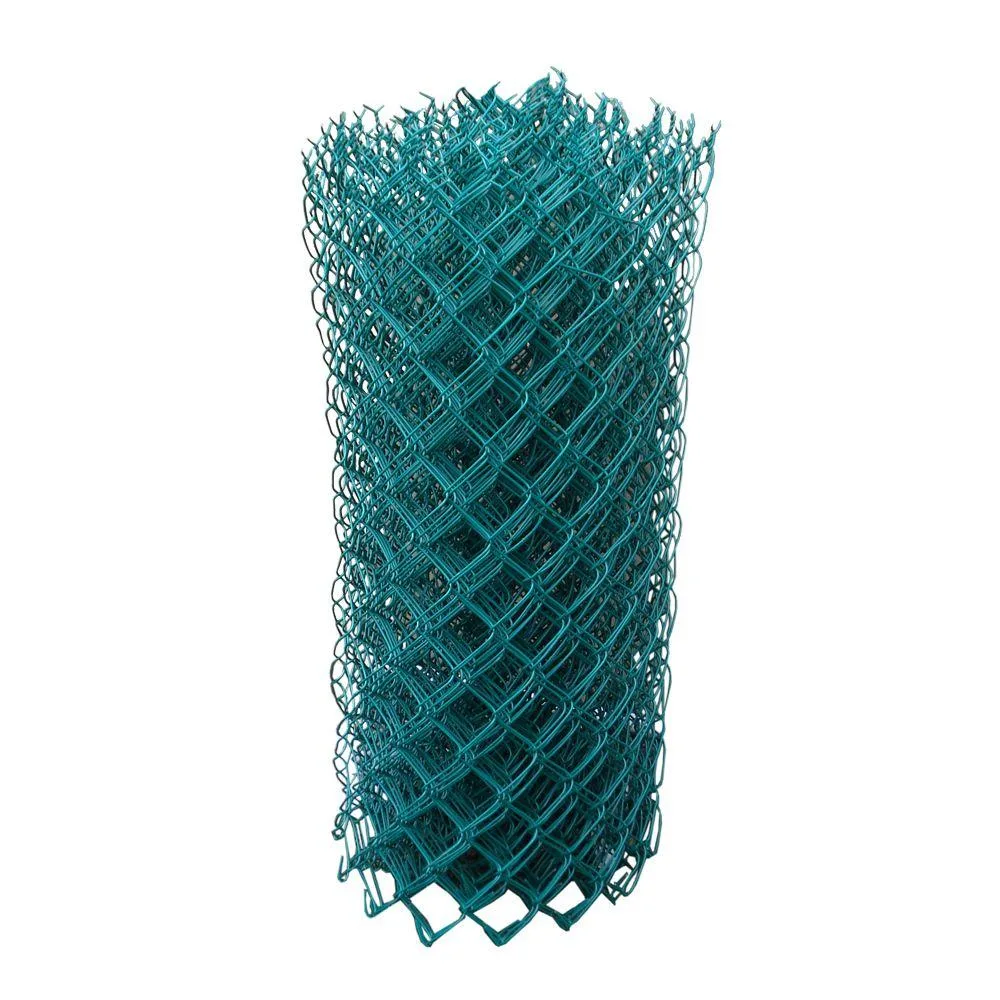The Importance of Stair Grating in Modern Architecture
In the realm of modern architecture, the details often make the difference between a design that functions well and one that excels. One such detail that has gained prominence in recent years is stair grating. This innovative material goes beyond mere aesthetic appeal; it serves crucial functional roles in safety, durability, and design flexibility.
What is Stair Grating?
Stair grating refers to a type of flooring system made from a grid-like framework of various materials, most commonly metal, fiberglass, or plastic. This type of grating is especially popular for industrial and commercial applications but is increasingly being adopted in residential designs as well. The primary purpose of stair grating is to provide a stable and safe surface for foot traffic, ensuring both functionality and safety in stairway design.
Safety Features
One of the most significant benefits of stair grating is its safety features. The open design of grating allows for excellent drainage, preventing water accumulation that could lead to slips and falls. Additionally, many types of grating come with anti-slip surfaces, offering enhanced traction underfoot. This is particularly crucial in environments prone to spills or where outdoor conditions may lead to wet or icy stairs.
Moreover, stair grating's robust construction provides superior strength compared to traditional solid flooring options
. It can support significant weight loads, making it ideal for high-traffic areas such as commercial buildings, shopping centers, and industrial facilities. The ability to bear heavy loads while maintaining safety is a critical aspect that makes stair grating a preferred choice among architects and builders.Durability and Maintenance
stair grating

Stair grating is designed to withstand harsh environmental conditions and is typically resistant to corrosion and wear and tear. Metal grating, particularly when made from materials like stainless steel or galvanized steel, offers longevity in outdoor environments. This durability reduces the frequency of repairs or replacements, providing a cost-effective solution in the long run.
Additionally, stair grating is relatively low-maintenance. The open structure allows for easy cleaning, as dirt and debris fall through rather than accumulating on the surface. For busy commercial spaces, this can significantly reduce cleaning time and costs, making it a practical choice for building operators.
Aesthetic Appeal
Beyond its functional properties, stair grating offers versatility in design. Available in various materials and finishes, stair grating can be customized to fit the unique aesthetic of any building. Whether looking for a sleek, modern appearance with stainless steel or a more rustic vibe with wood or fiberglass, the options are virtually limitless.
Incorporating stair grating into a design can also create a sense of openness and lightness, as the spaces between the grating allow for light to pass through, enhancing visibility and visual interest. This characteristic is particularly appealing in contemporary architecture, which often emphasizes an open and airy feel.
Conclusion
As architects and builders continue to explore innovative materials that enhance both safety and aesthetic appeal, stair grating has emerged as a top contender. Its ability to provide safety in high-traffic areas, combined with its durability and low maintenance needs, makes it an ideal choice for modern stairway designs. As we move forward, the integration of stair grating into more residential and commercial buildings will likely continue to grow, reflecting a trend towards more functional and stylish architectural solutions. Not only does stair grating enhance the usability of a structure, but it also contributes to a building's overall aesthetic, marrying form and function in a truly remarkable way.
-
Why Galvanized Trench Cover Steel Grating Resists Corrosion
NewsJul.10,2025
-
The Versatility and Strength of Stainless Expanded Metal Mesh
NewsJul.10,2025
-
Load Calculations in Steel Grating Platforms
NewsJul.10,2025
-
Keeping Pets and Kids Safe with Chicken Wire Deck Railing
NewsJul.10,2025
-
Hole Diameter and Pitch for Round Perforated Metal Sheets
NewsJul.10,2025
-
Aluminium Diamond Mesh in Modern Architecture
NewsJul.10,2025
Subscribe now!
Stay up to date with the latest on Fry Steeland industry news.

